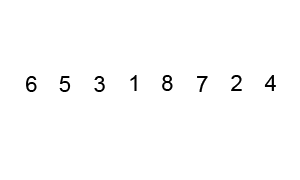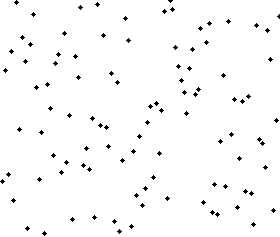|
Bubblesort
Bubble sort, sometimes referred to as sinking sort, is a simple sorting algorithm that repeatedly steps through the input list element by element, comparing the current element with the one after it, Swap (computer science), swapping their values if needed. These passes through the list are repeated until no swaps have to be performed during a pass, meaning that the list has become fully sorted. The algorithm, which is a comparison sort, is named for the way the larger elements "bubble" up to the top of the list. It performs poorly in real-world use and is used primarily as an educational tool. More efficient algorithms such as quicksort, timsort, or merge sort are used by the sorting libraries built into popular programming languages such as Python and Java. History The earliest description of the bubble sort algorithm was in a 1956 paper by mathematician and actuary Edward Harry Friend, ''Sorting on electronic computer systems'', published in the third issue of the third volume ... [...More Info...] [...Related Items...] OR: [Wikipedia] [Google] [Baidu] |
Sorting Algorithm
In computer science, a sorting algorithm is an algorithm that puts elements of a List (computing), list into an Total order, order. The most frequently used orders are numerical order and lexicographical order, and either ascending or descending. Efficient sorting is important for optimizing the Algorithmic efficiency, efficiency of other algorithms (such as search algorithm, search and merge algorithm, merge algorithms) that require input data to be in sorted lists. Sorting is also often useful for Canonicalization, canonicalizing data and for producing human-readable output. Formally, the output of any sorting algorithm must satisfy two conditions: # The output is in monotonic order (each element is no smaller/larger than the previous element, according to the required order). # The output is a permutation (a reordering, yet retaining all of the original elements) of the input. Although some algorithms are designed for sequential access, the highest-performing algorithms assum ... [...More Info...] [...Related Items...] OR: [Wikipedia] [Google] [Baidu] |

